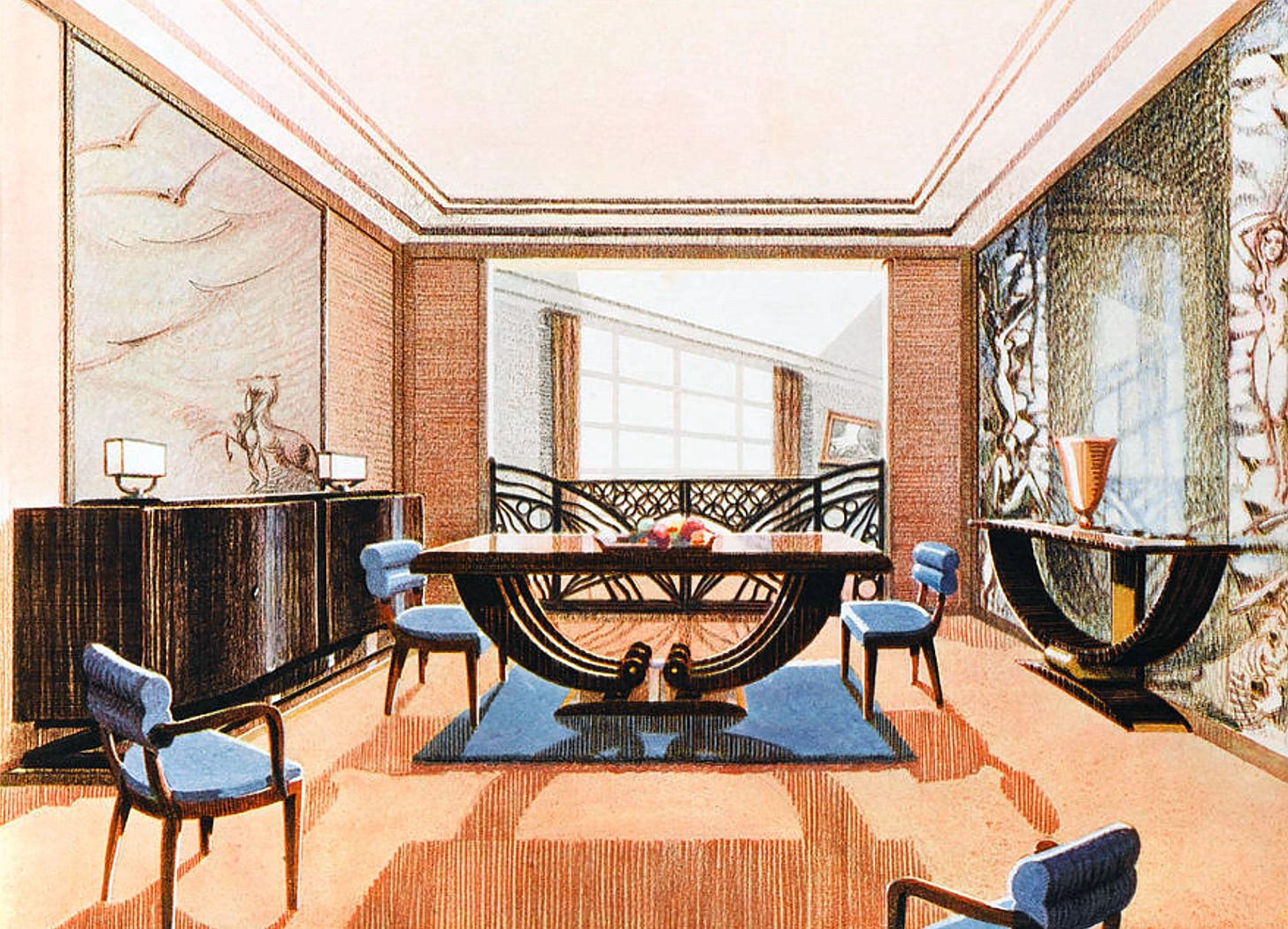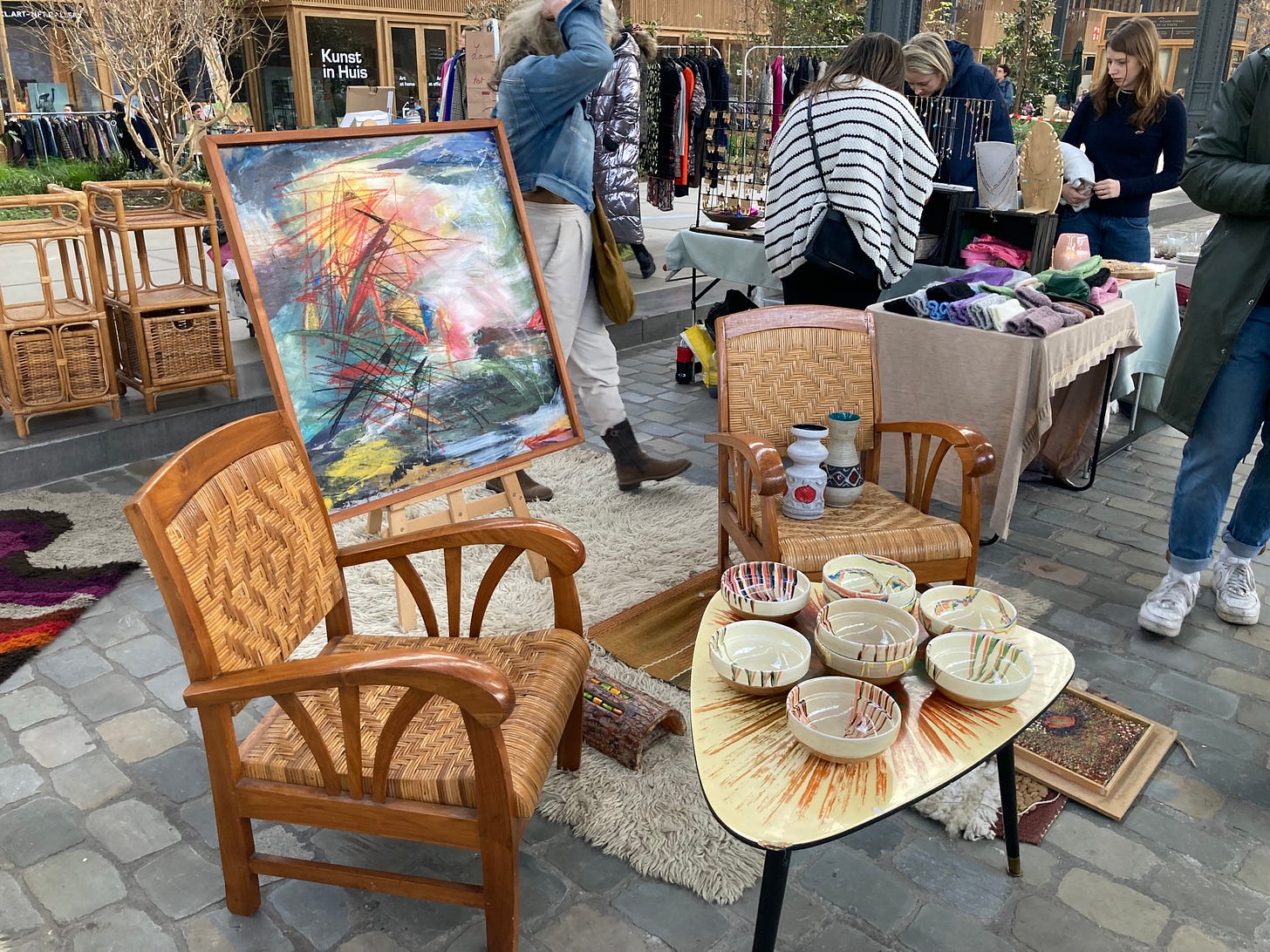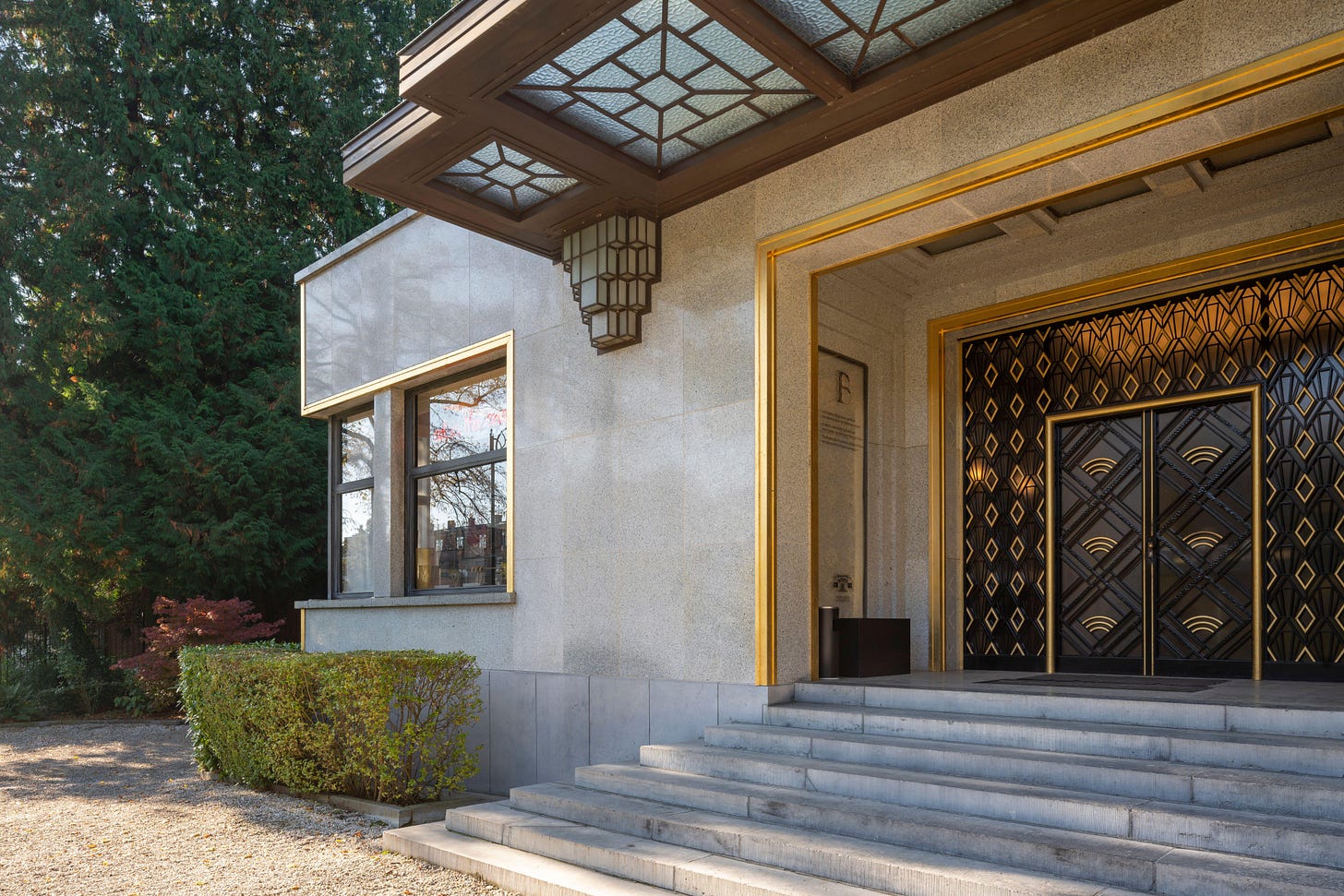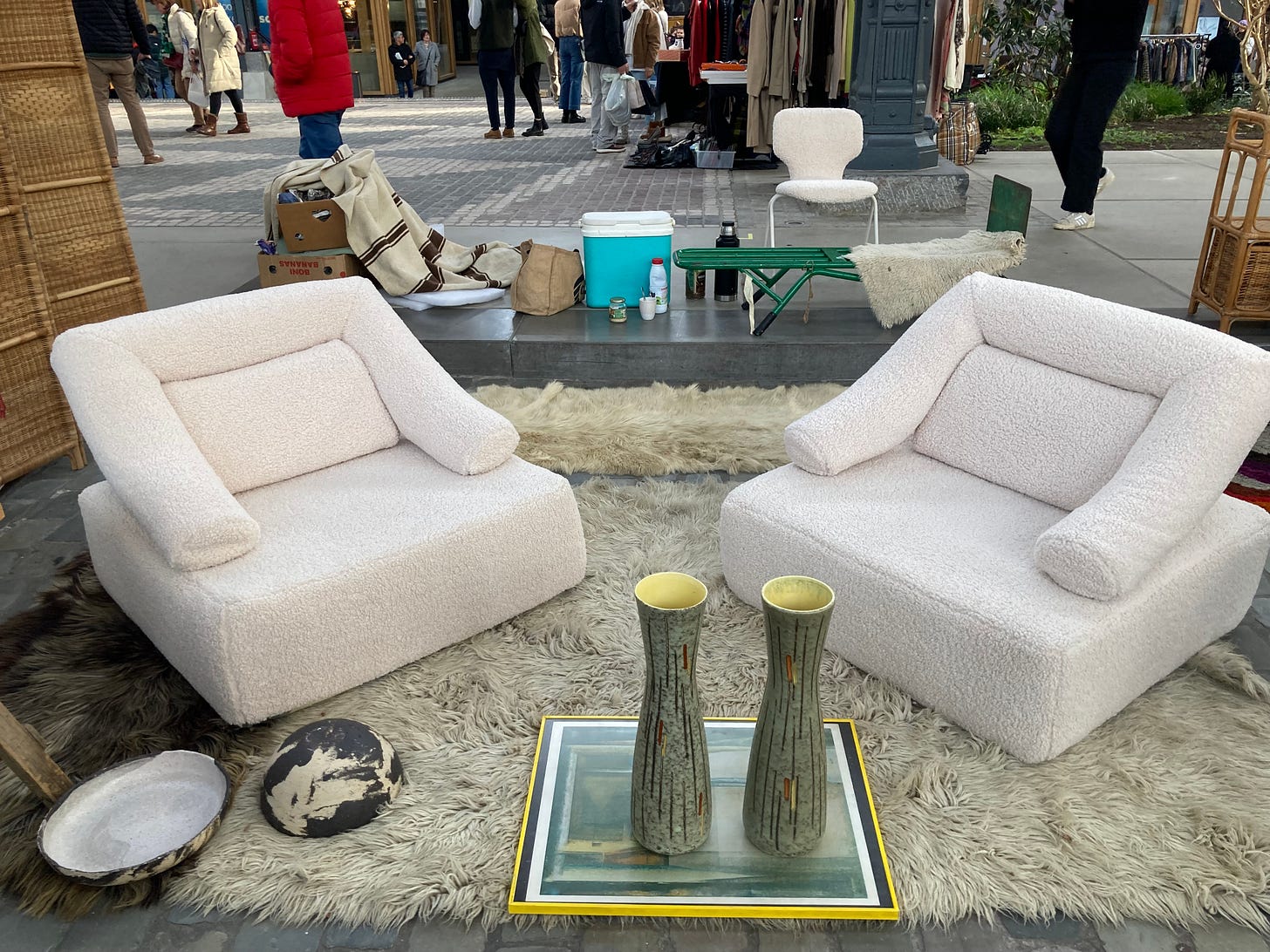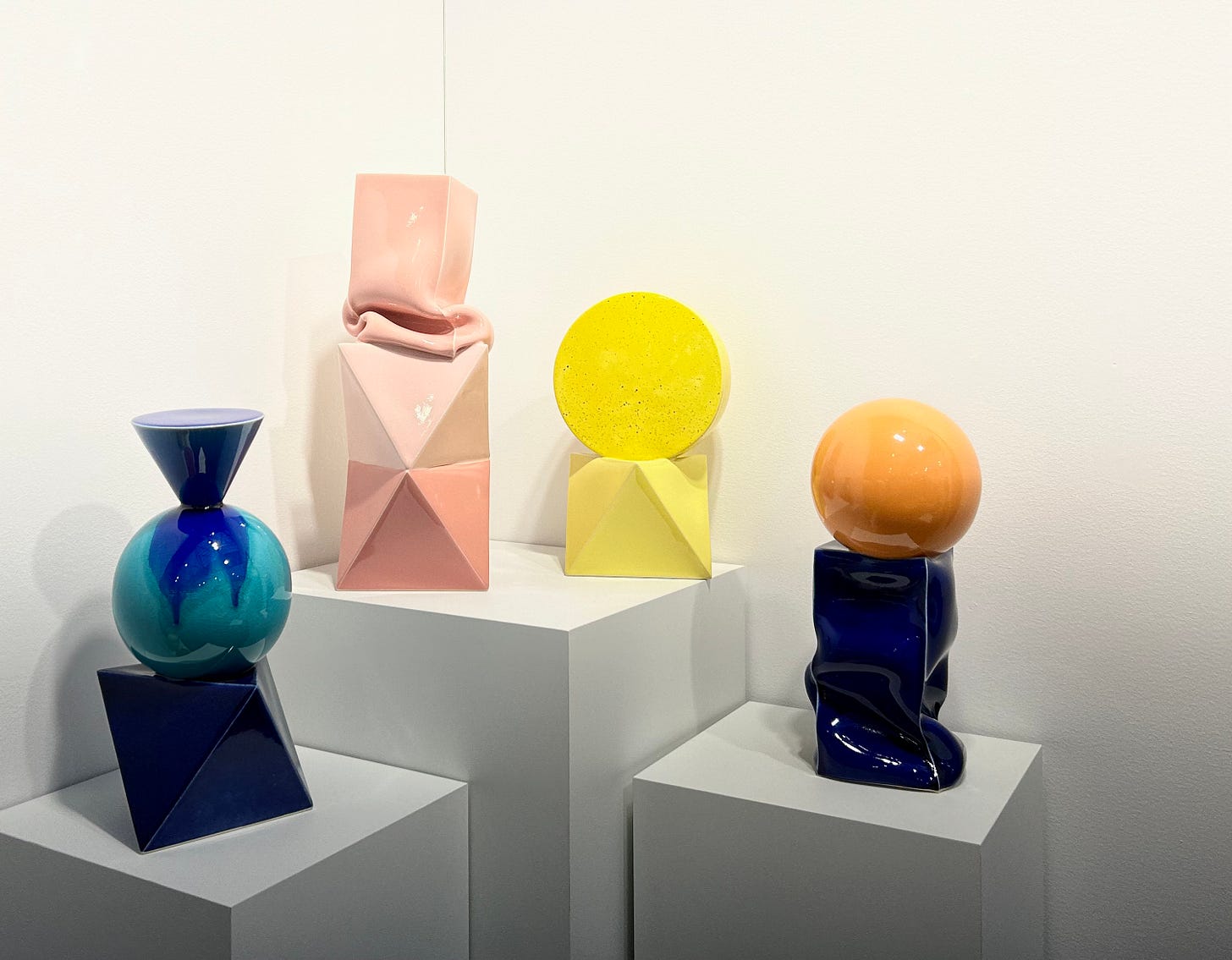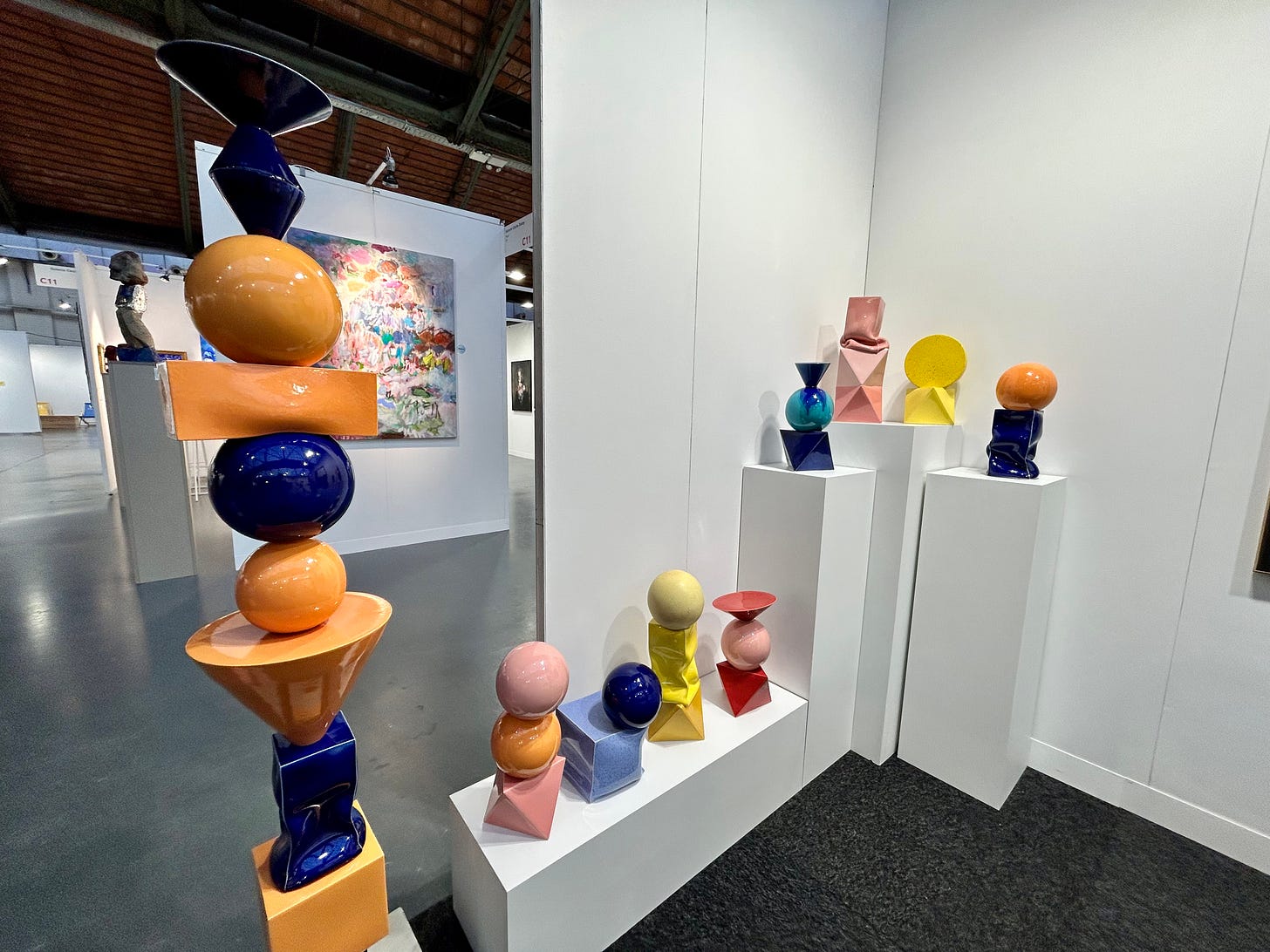Art Deco vs. Art Nouveau: A cheatsheet
A festival celebrating Brussels' Art Nouveau and Art Deco architecture is coming up. But first, let's define the two styles.
Estimated reading time: 4 minutes.
Every year, Brussels holds a festival celebrating its turn of the century architectural heritage: the Brussels Art Nouveau and Art Deco (BANAD) festival.
It provides guided tours and a rare glimpse into buildings that are not usually open to the public — like the elusive and UNESCO-listed Hotel Solvay, an Art Nouveau masterpiece, which welcomes guests only a few times a year.
The festival kicks off March 9th and goes on for two weeks — but before that, let’s quickly break down these two styles and how to tell them apart.
Historical background*
In the 19th century, Belgium’s industrial revolution led to a fluorishing Belgian economy (and then a crisis, but that’s for another time)
In the 1890s, Belgium’s newly prosperous bourgeoisie wanted to move into spacious, beautiful new buildings in Brussels’s newly built outskirts (around what is now Bois de la Cambre and Saint Gilles).
As a result of the income boom, paired with the desire for standing out in a world newly acquainted with mass production, Brussels became sprinkled with gorgeous buildings that doubled as works of art.
*based on readings of Françoise Aubry, curator of the Horta Museum
Art Nouveau
An elegant style full of wavy lines, huge windows, stained glass scenes inspired by nature, wrought iron beams both outside and inside
Interiors built with beautiful light wood, brought over from Belgium’s new colony, Congo. (Here’s an interesting piece on Belgian Art Nouveau’s colonial connections)
Became popular in the 1890s and had a very short life, dying out with the beginning of the first World War and considered tacky shortly after (to the point where many of the buildings we consider masterpieces today were almost demolished)
Examples include Horta’s house, Maison Cauchie, Hotel Solvay.
Staple Belgian architects like Victor Horta, Henry Van de Velde, Paul Hankar.
Art Deco
Staple architects like Victor Horta, Henry Van de Velde (yes, they all got with the times and switched over)
Examples are the Bozar palace, the Residence Palace, Stoclet Palace
Popular from the early 1920s to about 1940 (the Great Gatsby, for instance, would’ve had this kind of mansion)
The fluid, wavy lines of Art Nouveau become geometric, rigid shapes
Wrought iron is a thing of the past, now it’s all about reinforced concrete
Have you every passed by a building in Brussels whose doorway looked a bit like the entrance of a pool? That’s Art Deco, baby.
Buildings following both styles tend to have interiors that match the exterior, which is what makes them so interesting to visit. Many of these architects doubled as interior decorators for their clients.
Opinions are split: Do you prefer getting this newsletter on Thursdays or Fridays? Let me know by replying to this email.
Artwork of the week
I love these so much. Are they solid? Are they liquid? You don’t know! And the gallerist won’t let you touch them, so you can’t find out — all you can do is wonder.
They’re made by Swedish artist Åsa Johansson, represented by Macadam Gallery in Brussels. The gallery is soon moving to a new location that will allow them to host events; I’ll keep you posted on those.
I am just obsessed with them. They were on show at the Affordable Art Fair the past two years. What shapes will she come up with next? In what colors? I can’t wait to see.
What’s going on?
The annual Afropolitan Festival is now on at the Bozar. They are open late tonight and have a special treat planned for the opening, apparently: “dance, film, debate, text and music until the late hours.”
Two exhibits (one showcasing Japanese artist Mitsuko Miwa, the other Dutch artist Magali Reus) are opening tonight at the Galerie Greta Meert, one of the most well-known in Brussels. Both artists are on showing in Brussels for the first time!
Throughout the month of March, the House of European History will be giving lunch tours every Tuesday focused on different topics. The next 3 are colonialism, war crimes, gender imbalance.
The very first edition of the Biennale of Women in Art, a showcase of contemporary female artists, is taking place in Brussels later this month.
Have fun at the Schuman Show if you are seeing it tonight. If you are going tomorrow, meet me by the theatre bar post-show for a drink?
See you there,
Ana




